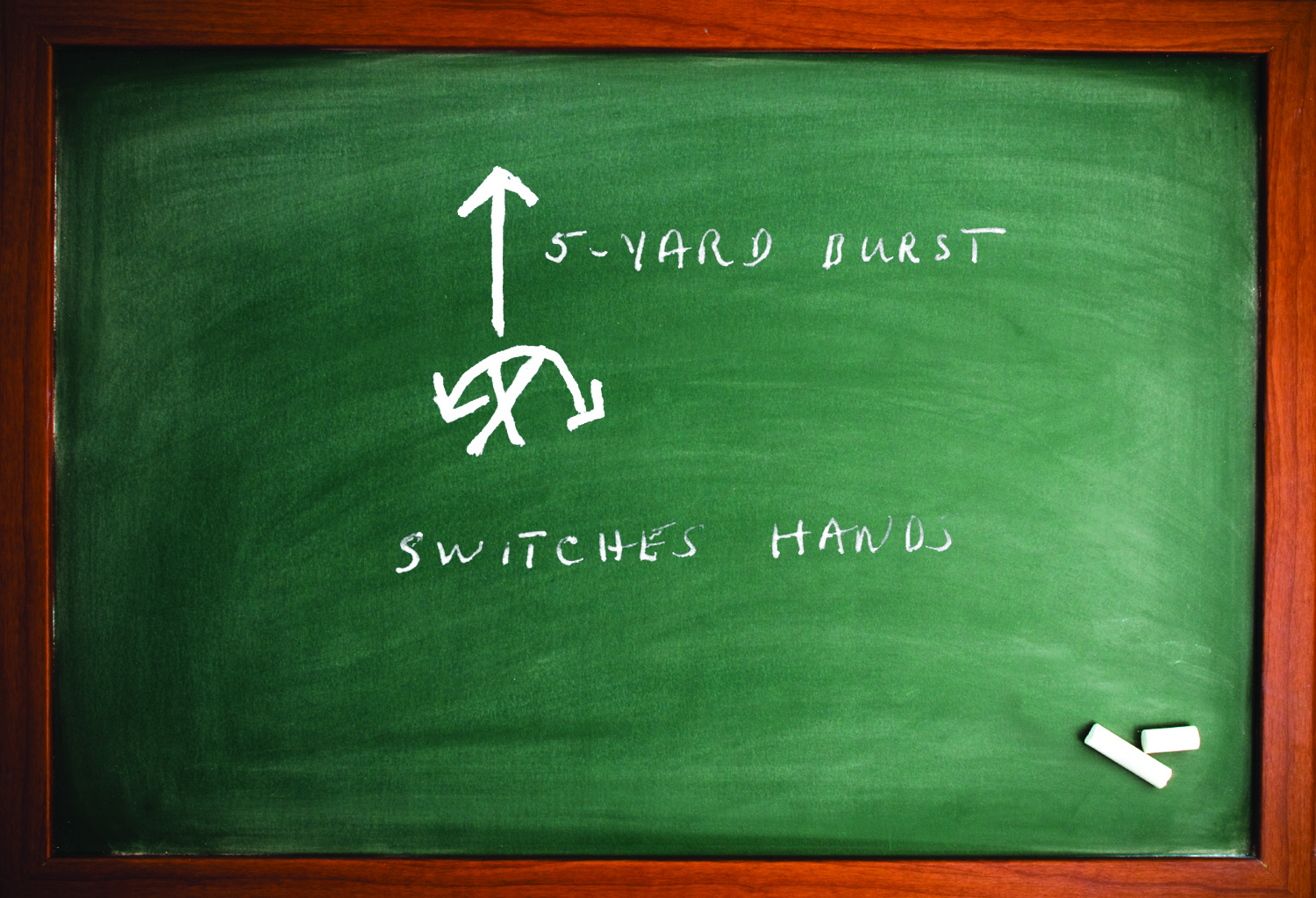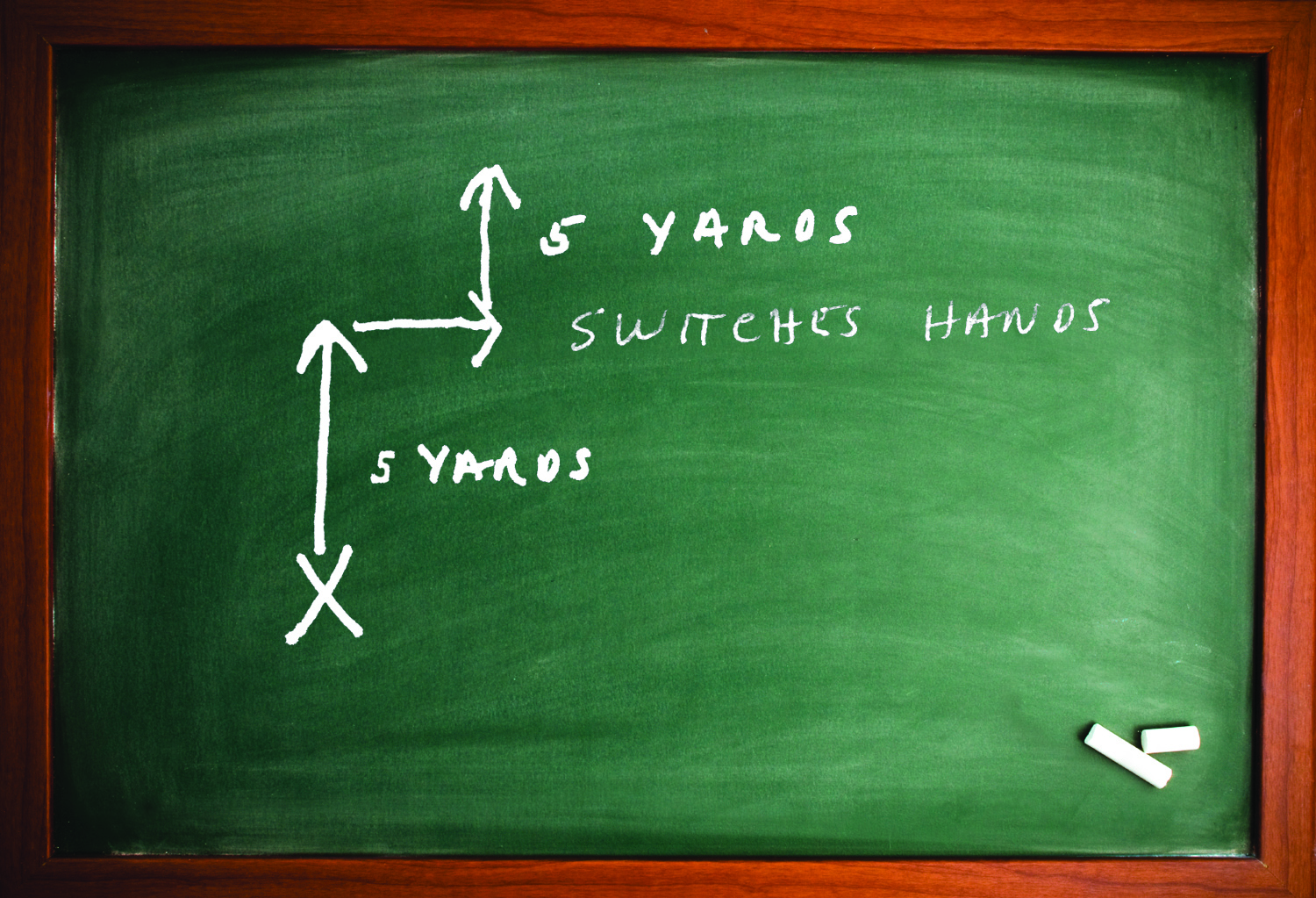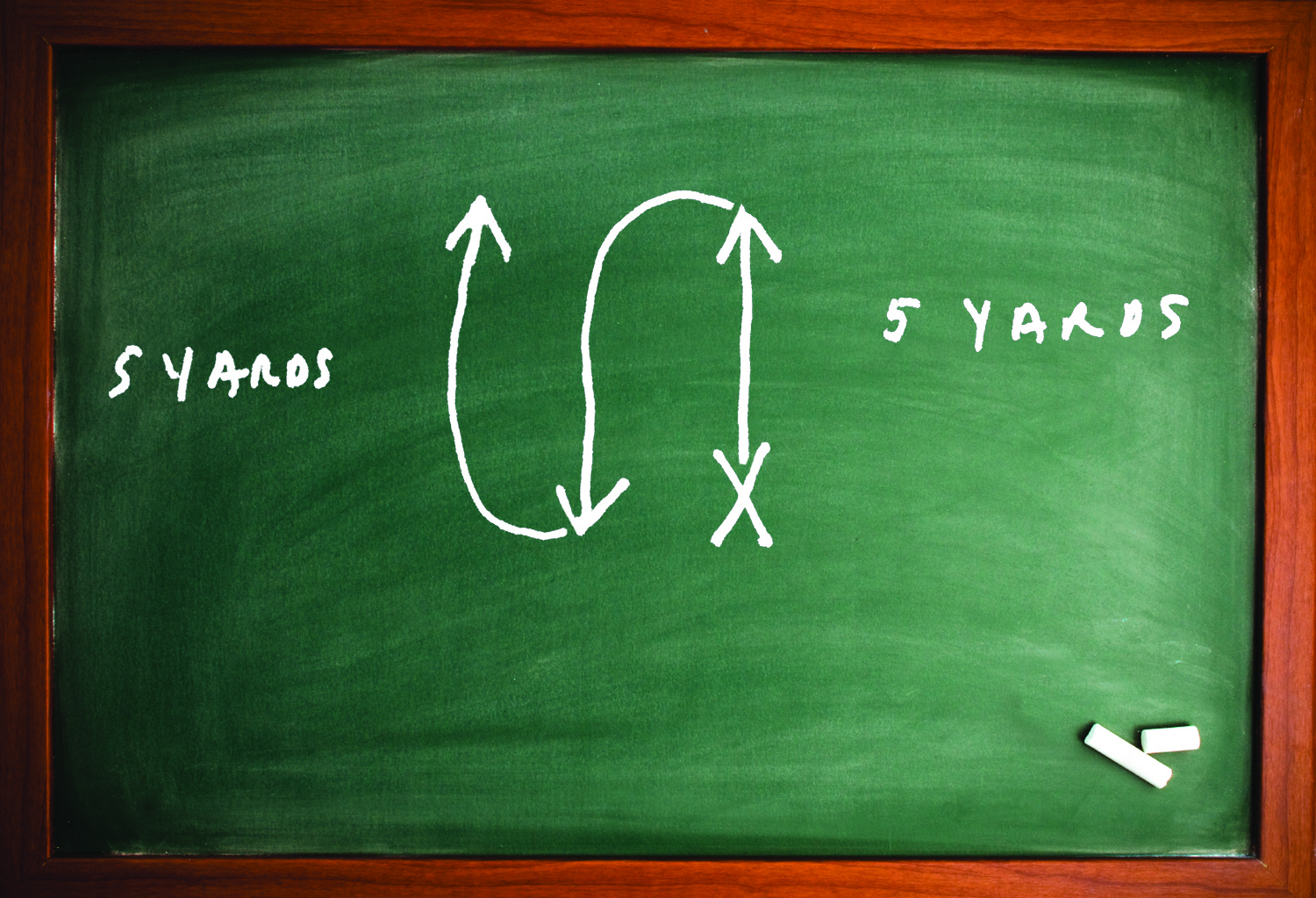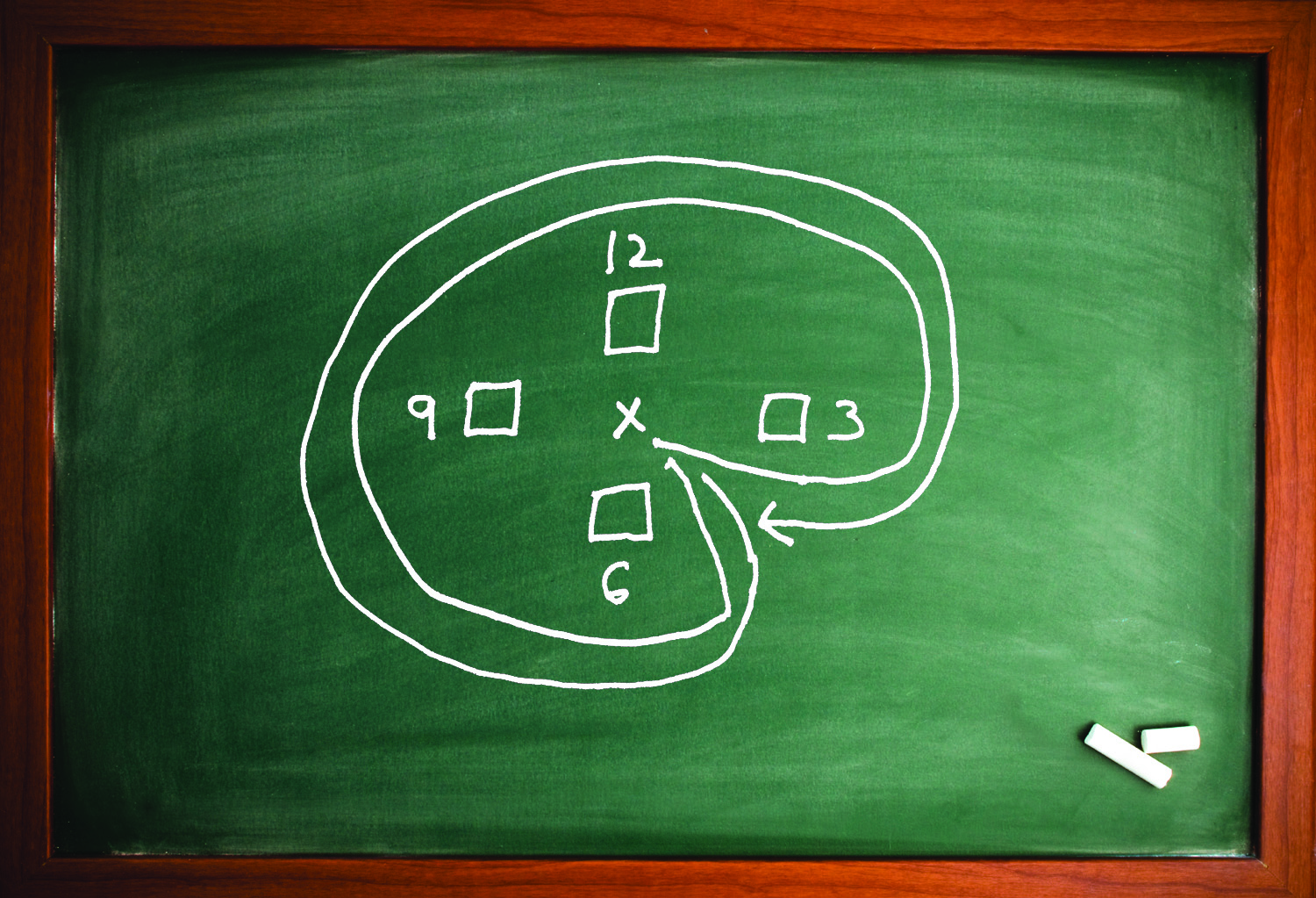Article CategoriesAFM Magazine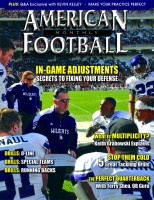
|
Drills Report – Ball Security – 4 Running Back Drills to Prevent Turnoversby: Mike DauRunning Backs Coach, Lake Forest University © More from this issue Offensive coaches would agree that turnovers often are a deciding factor in the outcome of a game. They provide a huge lift for the defense and can create an emotional letdown for the offense. Given all of this, it would seem to make sense to spend a portion of practice emphasizing the need for proper ball management. We begin each practice with a five minute period focused on this issue. We point out that losing the ball provides the opponent with a twelfth man, the implication that the player who fumbles is now playing for the other team and 12 vs. 10 are odds that are not in our favor. The first order of business is explaining the pressure points when taking a handoff. With the inside arm up, the outside arm, after accepting the ball, will place the hand over the forward point of the ball, with the inside arm cradling the ball over the top. We prefer the back to maintain the ball in this manner through the first (LOS) and second (LB) level of the defense. When passing the second level, he may release the non-ball carrying hand and move the ball, at a slight angle up, across the jersey numbers. Pressure points are now with the hand covering the forward point of the ball and the forearm pressing the ball against the chest. We adhere to the maxim “high and tight, out of sight.” If the ball carrier breaks out into the open field, he may then bring the ball along the side of his body but must prevent daylight between the elbow and his side. As a precaution, we urge the back to return the ball against his chest, or even double cover with both hands when feeling contact from behind. The drills that we use have been borrowed from several programs, primarily the University of Nebraska and the Air Force Academy. In each drill, the coaching point is always an emphasis on the best way to manage the ball and avoid becoming a twelfth man for the opponents. The following drills for ball control also incorporate the fundamentals of proper footwork and body balance. The first drill is a ball exchange including running backs and receivers. At half speed, two lines will advance toward each other, one line handing the ball off to the other with repetitions to include both a left side and a right side hand off. Whenever it’s a receivers turn, he will raise his hands and the player handing off will put the ball above his head with the receiver taking it out of his hand and properly placing it across his chest. We tell our receivers that defenders are in a hostile frame of mind when someone catches a ball in front of them and have every intention of creating a fumble. The total time for this drill is usually a minute. The rest of our ball management drills are intended to place the ball carrier in an uncomfortable position and yet maintain proper ball management. We start with a series of basic bag drills common to most programs. Using six rectangular bags spaced two yards apart, each drill is one rep, starting with (1) high stepping over each bag, (2) a double step between each bag, (3) side straddles left and right, (4) and finishing with a slalom around the bags, switching the ball at each bag. Every drill includes a five yard burst at the end. Total time is two minutes during which we constantly remind them of the implications of proper ball management. We incorporate a variety of other drills, alternating them every other practice. GRASSHOPPER – With the ball in one hand, and standing on the same leg, the opposite hand on the ground with that leg off the ground, the player then will push himself up off the ground, and while in air switch the ball to the opposite hand landing on the opposite foot, repeating this three times and then follow it with a 5-yard burst. Ball control is constantly emphasized (Diagram 1).
Diagram 1 STUMBLE – With the ball tucked in one hand, the player will spring 5 yards, place the non-ball carrying hand flat on the ground, creating a stumbling motion. He then gathers himself, switching the ball to the other hand, sprint 5 yards and then repeat the drill. Two reps are sufficient but the players must be encouraged to run quickly in order to create a legitimate stumble. Over the years we have averaged several significant gains when a back stumbles and collects himself (Diagram 2).
THREE SIXTY – With the ball in one hand, the player will take off quickly to a distance of 5 yards, placing the non-carrying hand flat on the ground and spin around 360 degrees. He then will get up, switch the ball to the other hand, sprint 5 yards and, hand down, spin counter clockwise, jump up and burst 5 yards. Ensure that the ball does not get exposed on the side of the body. The drills can be combined in various ways (Diagram 3).
Diagram 3 STARBURST – Arrange four rectangular bags at 12, 3, 6 and 9 o’clock, leaving space in the middle. With the ball in one hand, the player places the other hand on the ground in the middle of the bags and then skirts around all four bags. When he gets to the starting point he switches the ball to the other hand, reverses his direction again returning to the starting point, jumps up and leaps over the bags with a 5 yard burst (Diagram 4).
Diagram 4 Although these drills take only 5 minutes, they are essential to the success of any practice and of prime importance on game day. |
|
| HOME |
MAGAZINE |
SUBSCRIBE | ONLINE COLUMNISTS | COACHING VIDEOS |
Copyright 2025, AmericanFootballMonthly.com
All Rights Reserved


